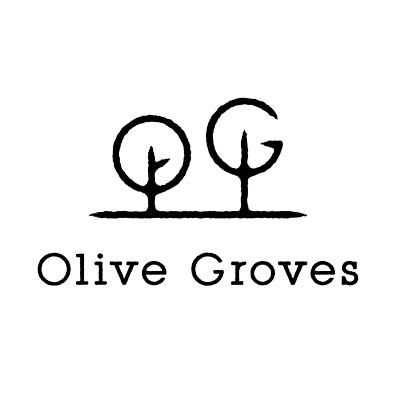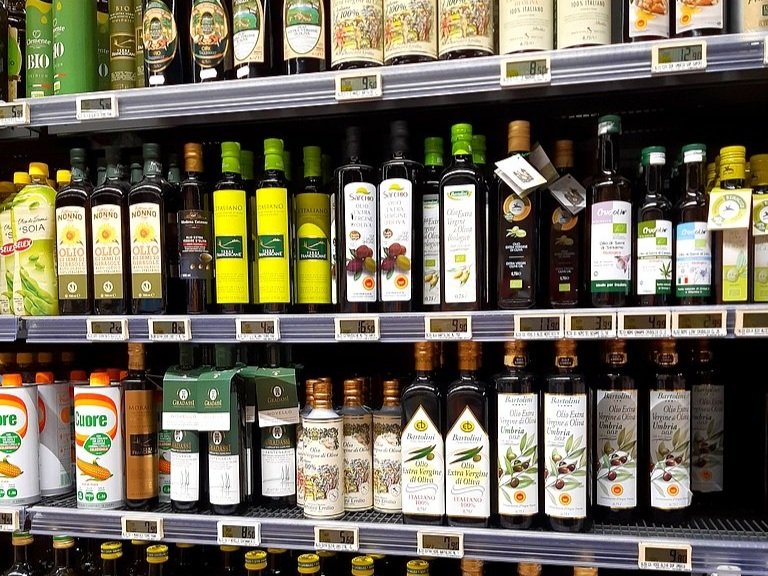Olive oil and its price
“Olive oil and the other ingredients of our life” article series
“Which one should I buy?”
Most consumers pay little attention to olive oil. It is a condiment like any other and they are not willing to spend more time sourcing it than that needed to find the usual bottle on the shelf and check its price. The fact that it is labelled "extra virgin" is enough and is a guarantee of good taste. "Superior category olive oil obtained directly from olives and solely by mechanical means": the text on the label is always the same, whether the bottle costs 5 or 40 dollars.
Consumers, who buy bottles by the millions in the supermarkets, choose an oil at the right price and become accustomed to it, to the point of attributing to it some qualities. Each major olive oil "bottler" defines the taste and flavour of its oil and builds its brand on this basis. All these companies have their own internal panels that select the oils so as to ensure they have standardised sensory characteristics and customers' expectations are not disappointed.
How to recognise the best oil on the shelf?
When someone wants to try something new, he or she will always wonder: "How can I recognise the best oil or the best value for money on the shelf?”. Labels are not helpful. In the design of labels, graphic considerations are prominent rather than the usefulness of the information provided. The label reflects the tastes of the producer or designer. In the case of olive oil, this is due to the fact that the person who designs and chooses a container or a label almost never puts him or herself in the shoes of the customer. Sometimes he or she has never even bought a bottle of olive oil from a supermarket shelf.
The perceived beauty of the label thus becomes a key factor in the purchase decision. So is there anything that could be an indicator of quality for the average supermarket consumer? The main and most easily recognisable one is the yellow and red logo of the PDO (Protected Designation of Origin), a certification of the production process done on a voluntary basis at the producer's expense, which guarantees superior quality linked to a specific territory, to taste characteristics and to specific olive cultivars.
When a territory has a PDO, this certification is a tool worth using, especially by small producers or by those wishing to make themselves known. But few have understood the importance of this tool, the only certification that assesses the taste of the product. All other indications on the label (territory, price, cultivar, expiry date, cold extraction, etc.) do not guarantee the quality of the oil in absolute terms - it may be very good, but is is not necessarily so.
Territorial marketing
Today making a good product is not enough, it must have many qualities which, when combined, will give it unique characteristics that can be used as a tool for promoting a territory. This is what is known as territorial marketing, an approach that has enabled territories with a strong agricultural and tourist vocation to become their own quality label.
For olive oil, think of Tuscany, Lake Garda, Liguria, Umbria, whose names give value to the oils of these regions. Regions where olive oil excellence is a reality, but where mediocre oils also command high prices. In the regions that have made different choices, agri-food products are not a promotional tool, they have remained simple agricultural products. This unfortunately prevents excellent products in these areas to make themselves known and to be sold at the right price.
Excerpt from L'olio e gli altri ingredienti della nostra vita by Maurizio Pescari (Rubbettino, 2021). Translation and adaptation Camille Frachon.

